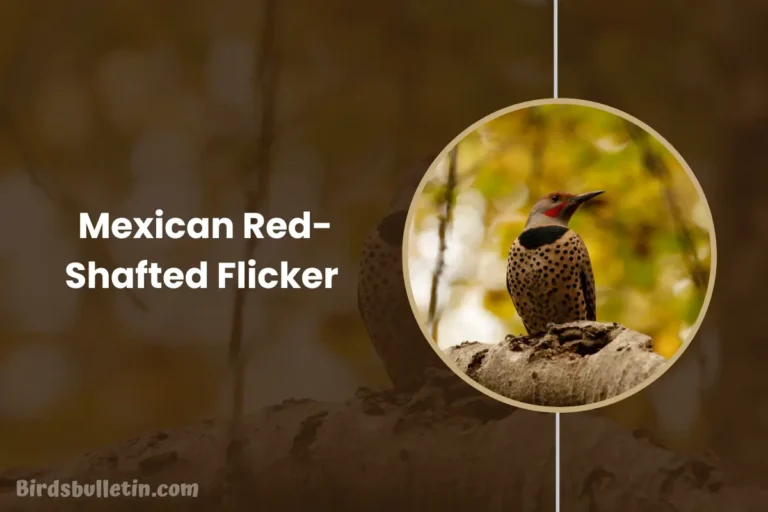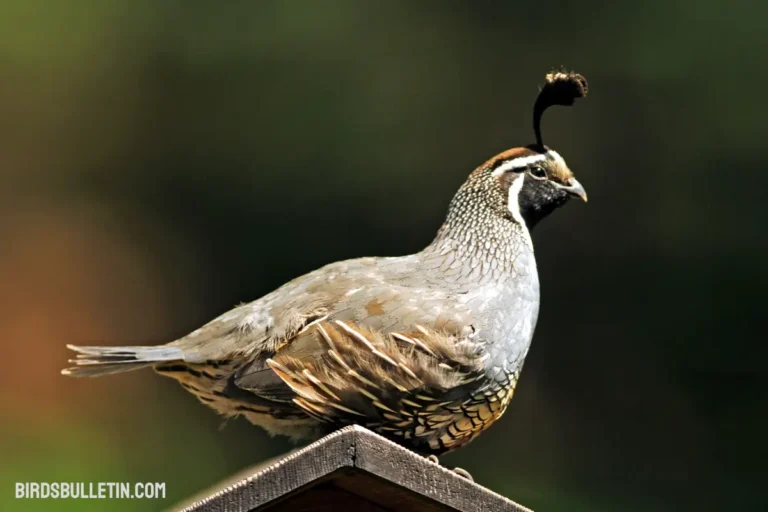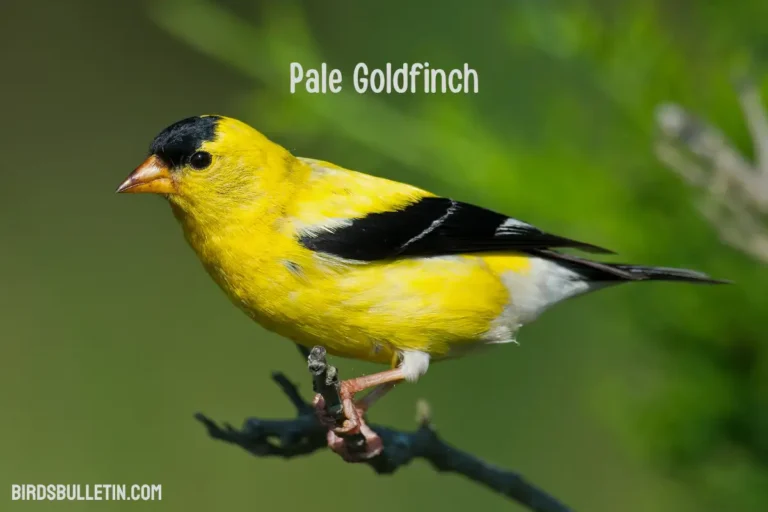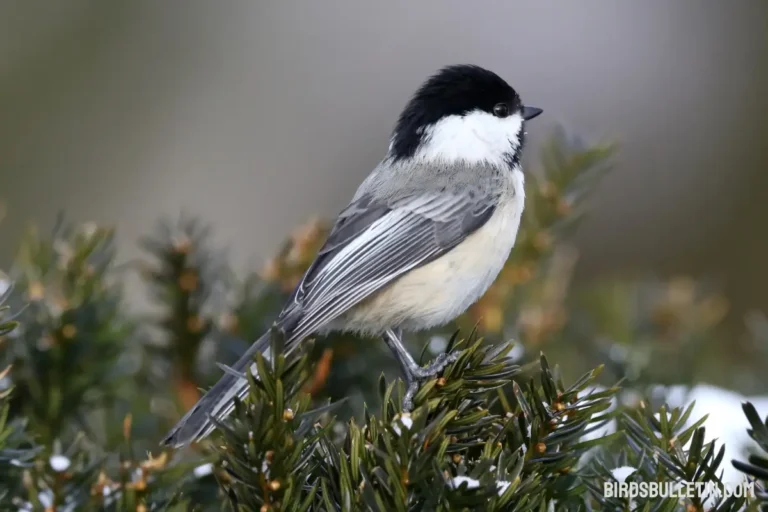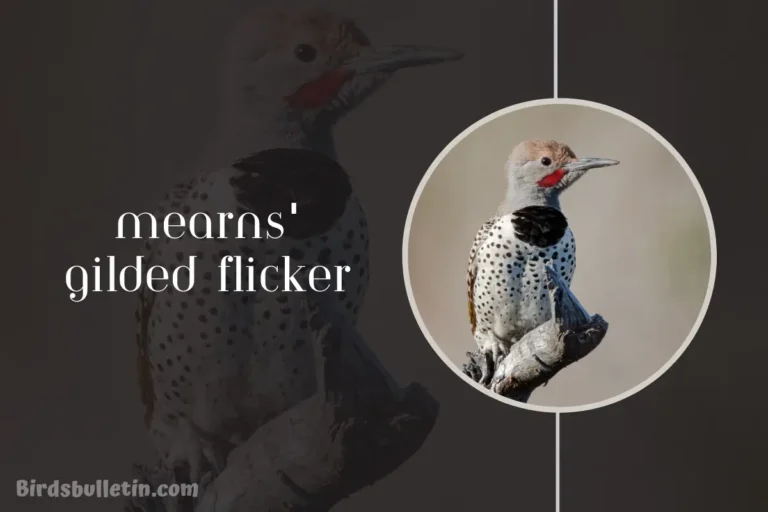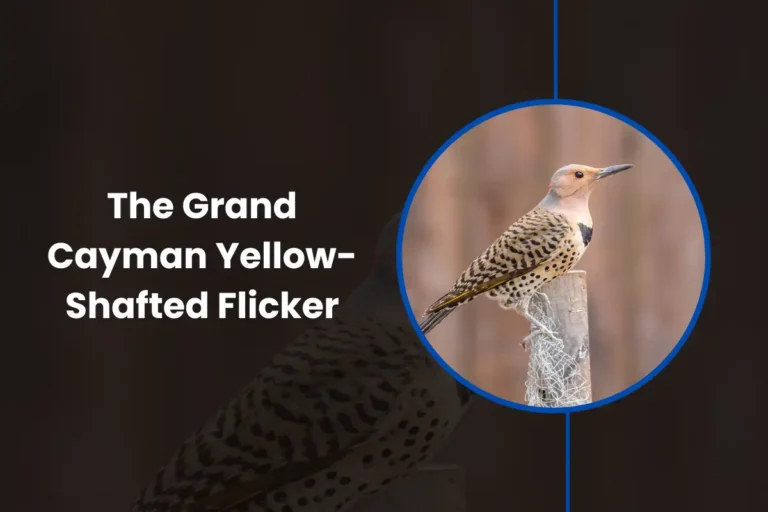Overview Of The Willow Goldfinch
The willow goldfinch (Spinus tristis salicamans) is a subspecies of the American goldfinch found in the southwestern United States and Mexico.
It occurs west of the Sierra Nevada in summer, migrating south to Baja California and the deserts of the Southwest in winter. The willow goldfinch is distinguished by its drabber brownish plumage.
Looking for more overview about bird subspecies:
Scientific Classification
- Kingdom: Animalia
- Phylum: Chordata
- Class: Aves
- Order: Passeriformes
- Family: Fringillidae
- Genus: Spinus
- Species: Spinus tristis
- Subspecies: Spinus tristis salicamans (Willow Goldfinch)
How to identify the willow goldfinch?

During the breeding season, the male has yellow-olive plumage rather than bright yellow, with a small black cap and wings. The female is plain gray-brown. In winter, both sexes are browner than other subspecies. White rump patches and wing bars are present. The conical bill is pinkish.
Where is the willow goldfinch found?
In summer, its range extends west of the Sierra Nevada in California. It winters in central and southern Baja California, northern Mexico, and the deserts of the southwestern United States including southeast California, southern Nevada, Arizona, and western Texas.
Interesting Facts
- The willow goldfinch gets its name from nesting and foraging around willow trees. Willow catkins are an important spring food source.
- It is highly gregarious, traveling and foraging in flocks of 10 to 50 birds throughout the year.
- The male willow goldfinch feeds the female as she incubates the eggs and develops a brood patch. Both parents feed the young.
Conservation status of Natural Habitat
According to the IUCN Red List, the willow goldfinch has a conservation status of Least Concern. Here are some key points about the status and population trends of the willow goldfinch:
- Widespread range across the southwestern United States and Mexico. Does not qualify for threatened categories due to its relatively large range.
- Population presumed to be stable based on the lack of evidence of significant declines.
- No major threats to the species overall. Livestock grazing and habitat loss in some areas may impact local populations.
- Listed as a Species of Least Concern due to its large range and stable population. This is the lowest conservation concern category on the IUCN Red List.
- Abundant to common in most areas within its range. Forms flocks of up to 50-100 birds.
- Population size has not been quantified but is presumed to be well above threshold levels for threatened categories.
- Trend population is suspected to be stable over the long term according to the North American Breeding Bird Survey.
Frequently Asked Questions
01. How does the willow goldfinch differ from other subspecies?
It has duller brownish plumage rather than bright yellows. The black cap is smaller in males. It also occupies more arid habitats.
02. Why are willow trees important for the willow goldfinch?
Willows provide food in the form of catkins and seeds, nesting sites, and insect prey for willow goldfinches.
03. What is the migration pattern of the willow goldfinch?
It breeds west of the Sierras in summer, migrating south to Baja California and the desert Southwest for the winter months.
Wrapping Up
The willow goldfinch is a desert-dwelling subspecies of American goldfinch, with dull brownish plumage, unlike the bright yellow of other subspecies. It ranges west of the Sierras in summer, migrating to Baja California and the Southwest for winter.
Conserving seed-producing vegetation across its range can help maintain willow goldfinch populations.


